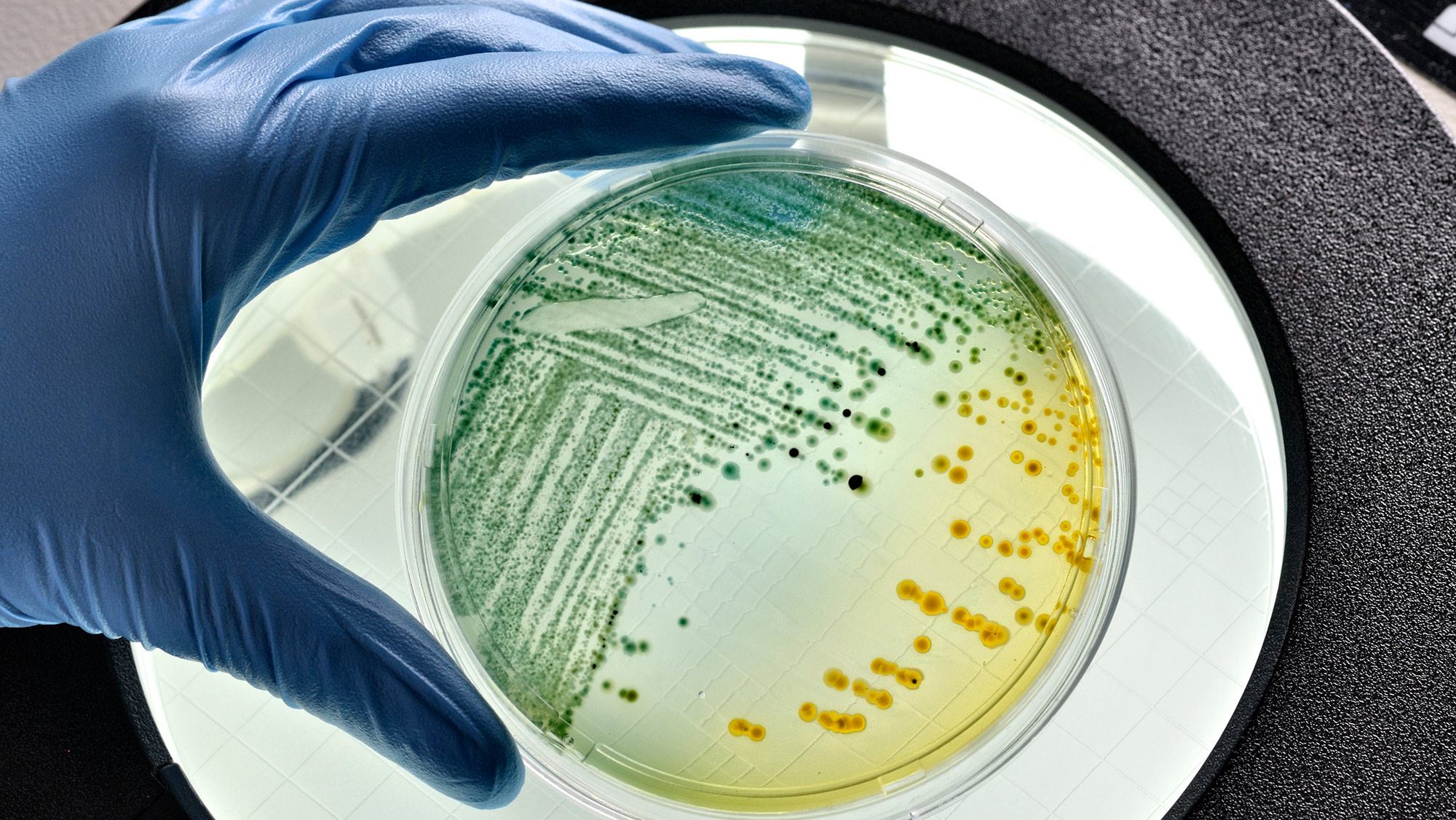
Researchers from the Texas A&M College of Veterinary Medicine and Biomedical Sciences (VMBS) and Department of Biomedical Engineering at Texas A&M are collaborating on a project that uses harmless strains of E. coli bacteria to disrupt the bacteria responsible for urinary tract infections (UTIs). The new research, published in Infection and Immunity, aims to develop special, slow-release gels that will disperse the helpful bacteria and provide relief for people who develop frequent UTIs.
Individuals prone to frequent UTIs include women in menopause and people who have suffered spinal cord injuries, including veterans. New treatments for UTIs are especially important for these individuals because constant use of antibiotics — the usual treatment for UTIs — can lead to lasting negative effects on the gut microbiome and overall health.
“Scientists have been aware of this harmless strain of E. coli for several decades, but what we didn’t know was how to help it stay in the urinary tract long enough to benefit patients,” said Dr. Sarguru Subash, an associate professor in the VMBS’ Department of Veterinary Pathobiology (VTPB). “With the help of colleagues from the College of Engineering, we’re developing a new treatment to solve this problem and help patients with frequent UTIs avoid taking antibiotics.”
“The material we’ve developed is what’s known as an engineered living material (ELM),” said Dr. Taylor Ware, an associate professor in the biomedical engineering department and Department of Materials Science and Engineering. “It is a hydrogel, like a soft contact lens, but within this gel are living bacteria. In this case, the device floats freely in the bladder and slowly releases bacteria into the urinary tract.”
“The field of ELMs is working to make living infrastructure that can repair itself and to manufacture materials from bacteria or mushrooms,” he said. “We have become very excited about the possibility of using a living biomedical device to treat infections.”
With the help of colleagues from the College of Engineering, we’re developing a new treatment to solve this problem and help patients with frequent UTIs avoid taking antibiotics.
Iris George and Manivannan Sivaperuman Kalairaj, doctoral students in VTPB and biomedical engineering, respectively, were key contributors to this project.
Good Vs. Bad Bacteria
The helpful strain of E. coli used in this project was first discovered in Sweden in the early 1970s during a study of schoolchildren with bacteria in their urine.
“The researchers found one girl who did not get UTIs but whose urinary tract was populated by a strand of E. coli that does not cause the symptoms of regular E. coli,” Subash said. “She had this bacteria because of an anatomical feature that increased the amount of residual urine in her bladder left behind each time she used the restroom.”
“Under normal circumstances, the good strain of E. coli doesn’t have the ability to linger in the urinary tract without help. Having more urine remaining in the bladder meant that it was not lost after urination, leading to continuous survival and growth of the bacteria,” he said.
Scientists have since learned that the harmless strain of E. coli is helpful because it takes up all the nutrients that bad E. coli needs to survive. The urinary tract becomes so populated by the good strain that the harmful bacteria are unable to grow, preventing UTIs.
“What’s surprising is that the harmless strain is also very effective against other types of bacteria, including the bacteria that causes Staph infections — another cause of UTIs,” Subash said. “It makes sense that closely related bacteria would need the same resources, but we’re not sure yet why other types of bacteria are also affected.”
Some of the other bacteria, like Staphylococcus, are notoriously resistant to antibiotics, which makes this new kind of treatment especially promising.
“Using ‘good’ bacteria to fight ‘bad’ bacteria opens up all kinds of new treatment and prevention possibilities and not just for UTIs,” Subash said.